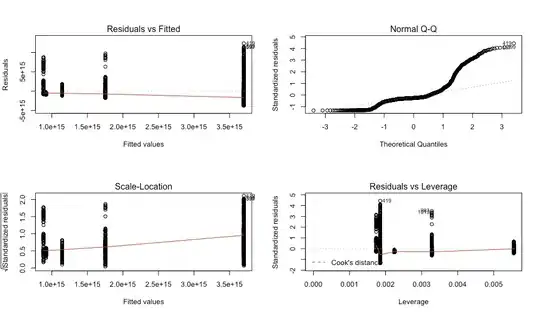I recently noticed that if you generate 10000 normally distributed numbers and then find the probability associated with each number (pnorm), each probability from 0 to 1 occurs with approximately the same frequency. Here's how I did it in R:
var2 <- numeric(10000)
normnos <- rnorm(10000)
for (i in 1:10000) {
var2[i] <- pnorm(normnos[i])
}
hist(var2)
How is this possible? If all probabilities have equal likelihood of occurring, then wouldn't the resulting distribution be uniform instead of normal? I'm really confused and would appreciate an explanation.
